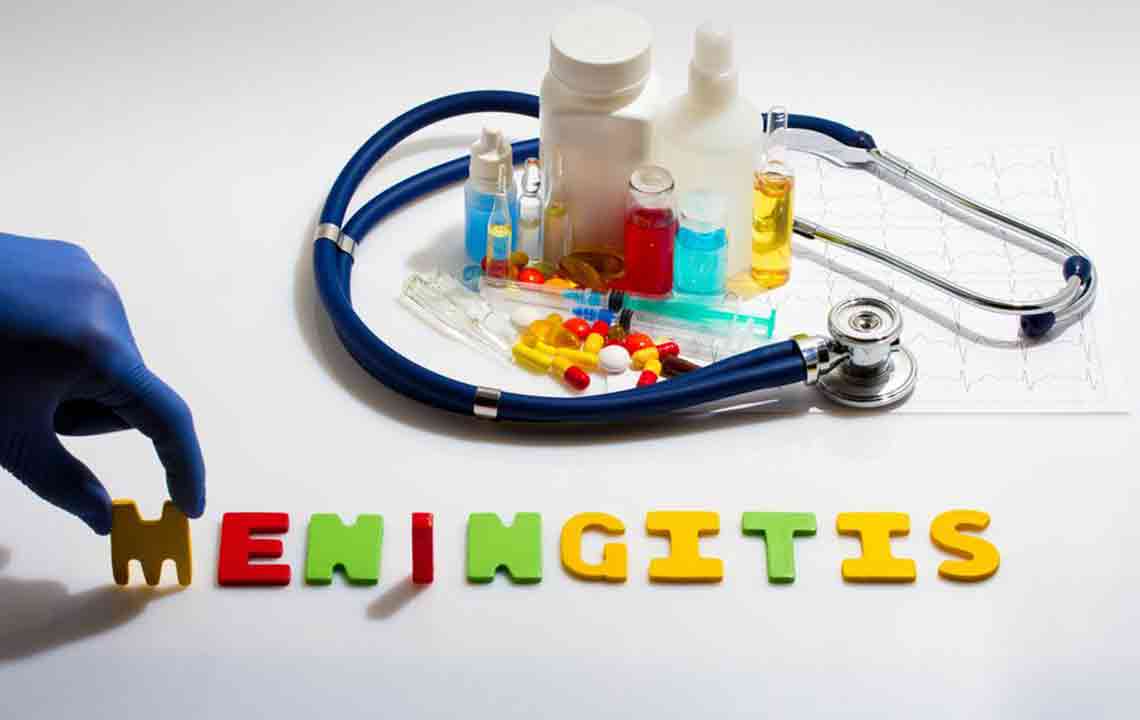Know All about Strep Meningitis
If you are suffering from high fever coupled with a headache and a stiff neck, it is advisable to consult your healthcare provider at once as it might be due to strep meningitis. Meningitis is an inflammation of the meninges, i.e., the protective layer that covers the brain and the spinal cord that triggers the symptoms mentioned above. Strep meningitis occurs when the bacteria in the bloodstream move to the meninges and affects it. This can be a result of a viral, bacterial, or fungal infection, and it can occur in newborns and adults alike. However, the symptoms observed might vary according to the age group.

Among the microorganisms that cause meningitis, the severity of an infection by the streptococcus pneumonia bacteria can be life threatening in nature. Hence, strep meningitis is considered deadly. It has to be noted that this particular bacterial infection is the most common among the bacterial meningitis cases accounting for 58% of total cases reported in the country, be it among infants, children, young adults, or adults.
The streptococcus pneumonia bacteria is contagious, and it can spread through the air. When an infected person sneezes or coughs, the bacteria can infect a susceptible person near them who breathe in the disease-causing bacteria.
Symptoms
The most prominent symptoms observed among people infected with strep meningitis are similar to those of the flu (influenza). Prevalent symptoms in adults are as follows.
- Sudden onset of high fever
- Headaches and stiff neck
- Vomiting or nausea can also be experienced
- Increased sensitivity to light, i.e., Photophobia
- Difficulty in concentrating
- Seizures
- Drowsiness
- Fatigue
- Skin rash
Although such signs can be easily detected in adults, same cannot be said for infants and young children. The common symptoms in infants and young children include the following.
- High fever with/without seizures
- Stiffness in the neck and body
- Much less active than usual
- Stay irritable constantly
- Decreased feeding and vomiting
- Constant crying in case of infants
As such symptoms are common for almost any ailment in babies, it is best to consult a doctor when the baby falls sick and should not let it pass as just a fever, as fever is always a symptom of an underlying disease. The doctor will look for any change in babies’ reflexes that are abnormal and a bulging in the soft portion of the babies’ head.
Types of strep meningitis
There exist two types of bacterium: Group A Streptococcal (GAS) and Group B Streptococcal (GAB).
GAS is found on the surface of the skin and throat and causes a mild sore throat, skin infection, ear, and sinus infections in adults and children. Rarely this bacterium might get invasive and cause severe conditions like septicemia (infection of the blood), pneumonia (infection of the lungs), necrotizing fasciitis (infection of the deeper layers of skin), puerperal sepsis (infection associated with childbirth), and osteomyelitis (infection of the bones).
The GAS bacterium rarely causes strep meningitis. When the bacteria cause strep meningitis, they strive in the cerebrospinal fluid and release poisons, resulting in inflammation and swelling in the meninges and nearby brain tissues.
GSB bacterium is commonly found in the bowels and the vagina; they are also found in the nose and the back of the throat. GBS is the major cause of neonatal meningitis. The infection may lead to septicemia (infection in the blood) and pneumonia (infection in the lungs). These bacteria can be transmitted to the newborn from the mothers before or after birth. Less common in adults, GBS meningitis is more common in newborns and infants.
Diagnosis
When the doctor suspects strep meningitis, he will ask for a blood test to be done. Furthermore, a sample of the fluid present near the spinal cord would be collected to conduct testing to identify the microorganism that caused the infection as the treatment would be entirely based on the result.
Treatment
Strep meningitis will be treated using antibiotics to clear the bacterial infection. However, it is crucial to identify the problem and start the course of antibiotics at the earliest because in the case of bacterial meningitis the condition might deteriorate rapidly and may even result in death in a matter of hours. Even if the infection is treated, permanent disabilities related to hearing or learning and even brain damage are most likely outcome in severe cases.
Commonly used antibiotics are cephalosporins, especially Cefotaxime and Ceftriaxone. Penicillin-type antibiotics, aminoglycoside, etc. are used as well. An intravenous antibiotic is effective and corticosteroids are administered to reduce the inflammation. You may start feeling better within three days, and the recovery period is generally up to two weeks.
Prevention
The best possible way to prevent strep meningitis is to get vaccinated against the infection of Streptococcus pneumonia bacteria. It is typically a part of the standard immunization procedure in the country, and all you have to do is to ensure that you do not miss the schedule.

